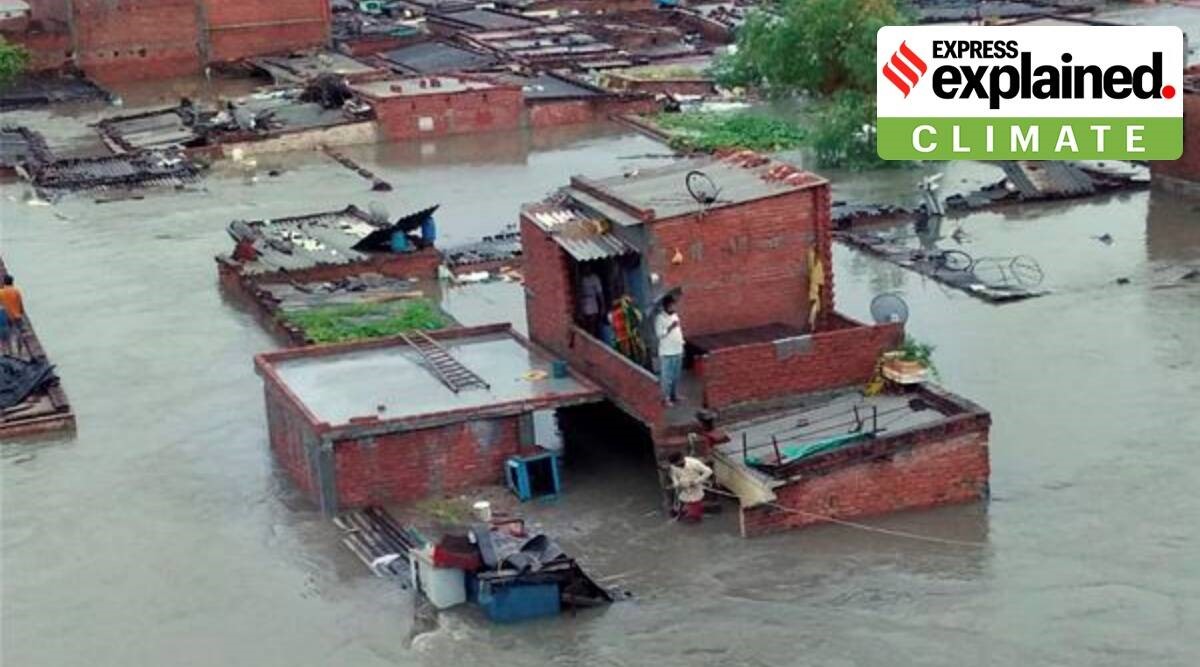Free Courses Sale ends Soon, Get It Now


Free Courses Sale ends Soon, Get It Now



Context: Environmental think tank Council on Energy, Environment and Water has carried a first-of-its-kind district-level climate vulnerability assessment, or Climate Vulnerability Index (CVI).
How is the Climate Vulnerability Index assessed?
Why does India need a climate vulnerability index?
What are the findings of the climate vulnerability index?
Which are the best performing states and why?
What are the recommendations that have been made?
https://indianexpress.com/article/explained/climate-vulnerability-index-ceew-explained-7593385/
© 2024 iasgyan. All right reserved